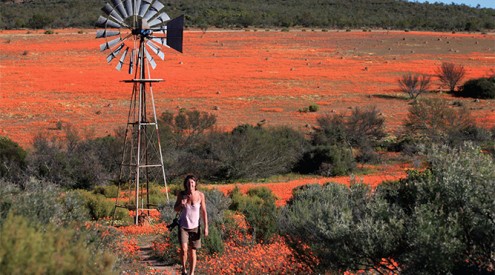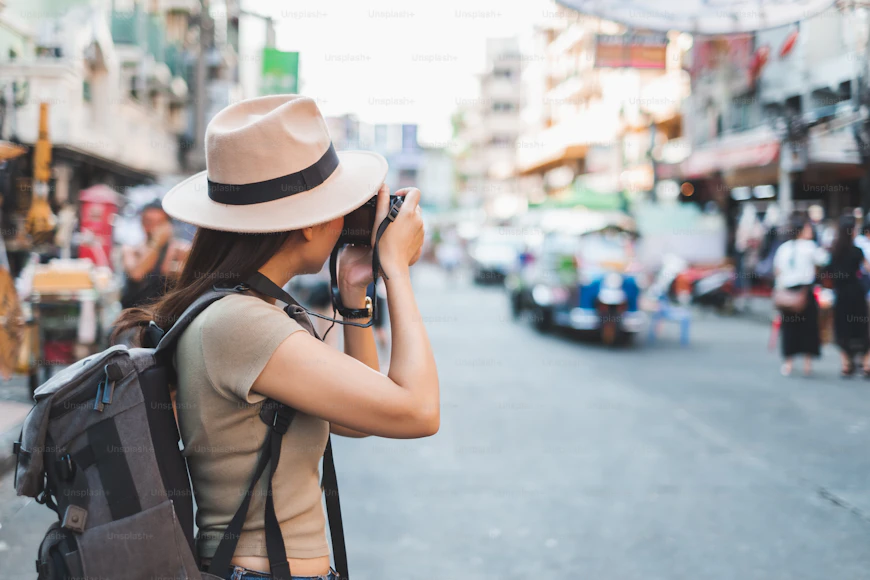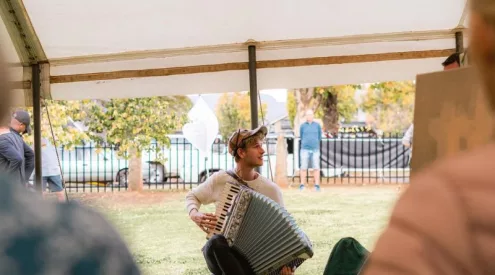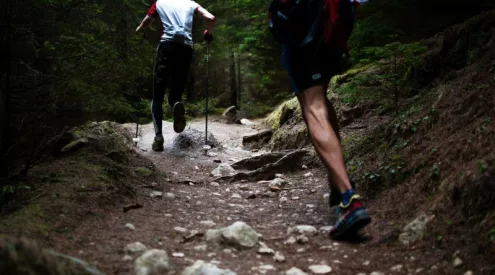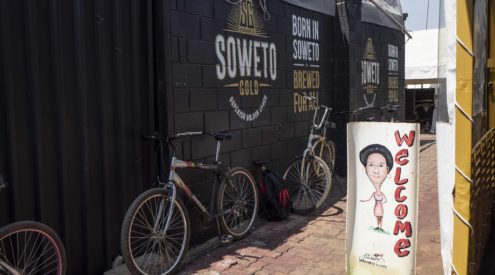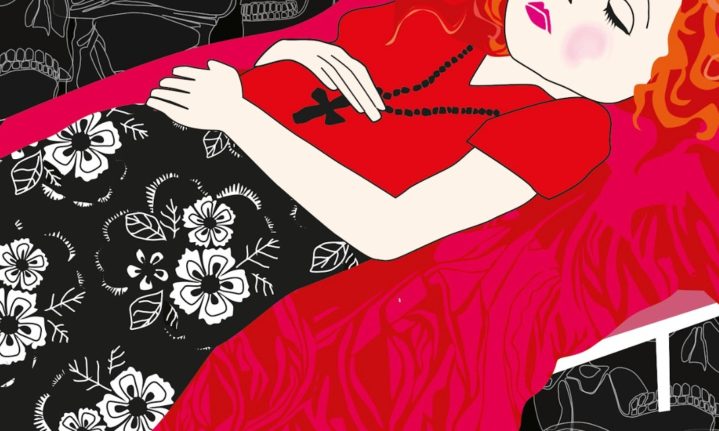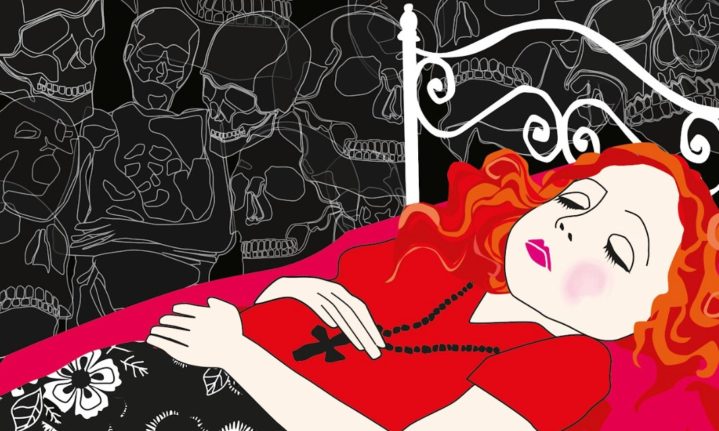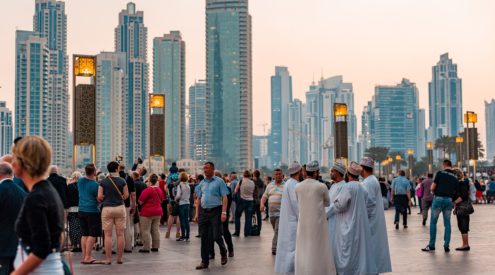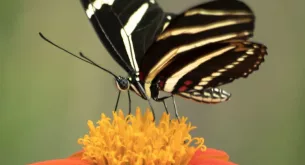In the Sicilian capital, they snooze, they snore, and those in trouble with the Mafia sleep with one eye open. Palermo’s Sleeping Beauty, though, rests in perfect stillness and dreams no more
In Palermo, much of life pivots around that happy cornerstone of civilisation: the scheduled nap. Thanks to riposo (rest time), most Palermitani shut their shops and businesses soon after lunch.
‘But what do you do during this riposo?’ I heard one tourist lament. ‘You eat and you have sex,’ a local’s dead-pan reply.
Pity the poor tourists, then, who – like me – forgo such scheduled snoozes and instead find themselves braving the parched, sun-sizzled pavements in search of travel memories. My own quest was to find Palermo’s famous Sleeping Beauty, a goal I wasn’t even sure I’d have the nerve to go through with: the object of my search existed within the Capuchin Catacombs, described in a BBC documentary as possibly the world’s most macabre tourist attraction. Adding to the drama, the catacombs’ official website refers to it as ‘The place where the living meet the dead’.
But off I went, hopeful that my nerves would hold. Down the tangled alleys off Via Roma; past shuttered windows, closed storefronts, and curved cornices on tall church spires.
Eventually, in a sliver of shade, I met a horse wearing a hat fitted with two holes for its ears. Swatting flies, it casually rested a neatly shod hind hoof. Behind it, in a cart, its driver reclined, face tilted up – lightly snoring – in repose along with everyone else in Palermo, a string of rosary beads clutched to his chest.
On and on I searched, until – soon after 3 pm – the city’s fed, post-coital populace began to re-emerge.
Outside Teatro Massimo, a street chef who made me a chickpea pancake turned his aproned bulk toward the palatial opera house and proudly pronounced: ‘Godfather scene!’
If film lore has sustained Sicily’s reputation as a Mafia hotspot, it’s Palermo’s mayor who has worked hardest to squash organised crime in his city. His efforts have not gone unnoticed, either, which is why 74-year-old Leoluca Orlando lives under official protection, his survival considered by many to be something of a miracle.
On and on I went, in search of Sleeping Beauty, discovering strange loops of history along the way: like the baroque church with its Norman bell tower that was originally designed as a mosque. And several blocks away, Ballarò, the city’s oldest market. Once a rough corner frequented by Mafia dons, it’s now a cultural mash-up: Sicilian traders serving Aperol Spritz alongside Senegalese tailors, tables laden with cumin, coriander and couscous.
Further along, up on a balcony, two women were speaking. Catching my eye, one waved. ‘Catacomb?’ I asked. ‘Si!’ she gestured a turn to the left.
Finally, I arrived at my destination, an underground home of the dead where as many as 8 000 corpses reside in various stages of decay.
The underground cemetery, originally built for the mummified remains of church friars, became popular with Palermo’s high-rollers during the 17th, 18th and 19th centuries. They paid heaps to have their bodies embalmed and displayed in the crypt where their mortal remains would receive public admiration. A status symbol, celebrities stipulated in their wills the attire they wished to wear in the afterlife, even detailing costume changes.
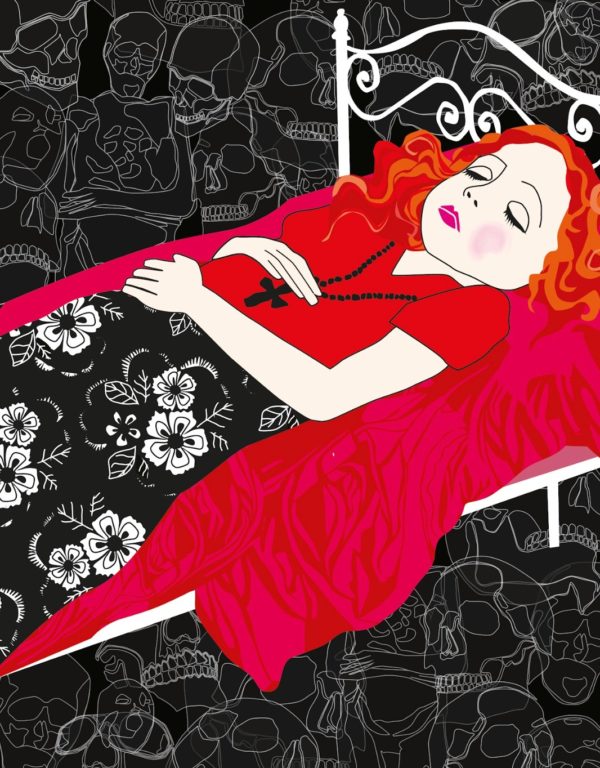
Illustration by Jess Nicholson
The entrance to the catacombs is unremarkable; I entered the pale building to find a cool-drink stand and a few Roman Catholic relics, a cross and plastic flowers.
A brown monk’s robe whisked by, and I descended via the staircase into a cool labyrinth; a floor of marble blocks, some engraved with details of the dead. The last time I’d seen a skull was in high-school biology and that had been a plastic reproduction. Here, though, mounted against walls, were hundreds of very real, very human skulls.
Varying numbers of teeth lined jaws, some with bits of hair and skin, their expressions ranging from grimaces to laughs. Each skull was attached to a skeleton still shrouded in suits and robes, or lace finery for the women and children.
There were no partitions to protect the living from these gory remnants; it was a theatre of death, a spectacle in which visitors breathed the same air that settled around the bony remains.
Through the dusky silence, I traipsed in search of the special chamber reserved for bambini, wherein tiny corpses were displayed, some mounted, others in painstakingly chiselled coffins.
It was here that little Rosalia Lombardo lay resting. The two-year-old girl – Palermo’s Sleeping Beauty – had died in 1920 and yet remained perfectly preserved in her casket, plump cheeks and auburn curls wholly intact an entire century after her brief time alive.
If I wanted to believe in miracles, here was my opportunity. The truth, of course, was weirder. Sweet, innocent Rosalia’s noble family had had her embalmed by the local taxidermist who bestowed on her an eternal beauty. Today, her glass coffin is filled with nitrogen to prevent decomposition.
When I burst back into the world of the living, all around me rush hour throbbed. Screeching traffic; honking, fast-hurtling peril. On Sicilian roads, you quickly discover that a moment’s waver is to toy with disaster. It is why, I presume, the locals go about clutching rosary beads – they’re hopeful for the best, but always ready. In case that afternoon repose becomes a permanent nap.
This article originally appeared in the May 2022 print issue of Getaway
Words: Biénne Huisman
Illustration: Jess Nicholson
Follow us on social media for more travel news, inspiration, and guides. You can also tag us to be featured.
TikTok | Instagram | Facebook | Twitter
ALSO READ: Human after all

